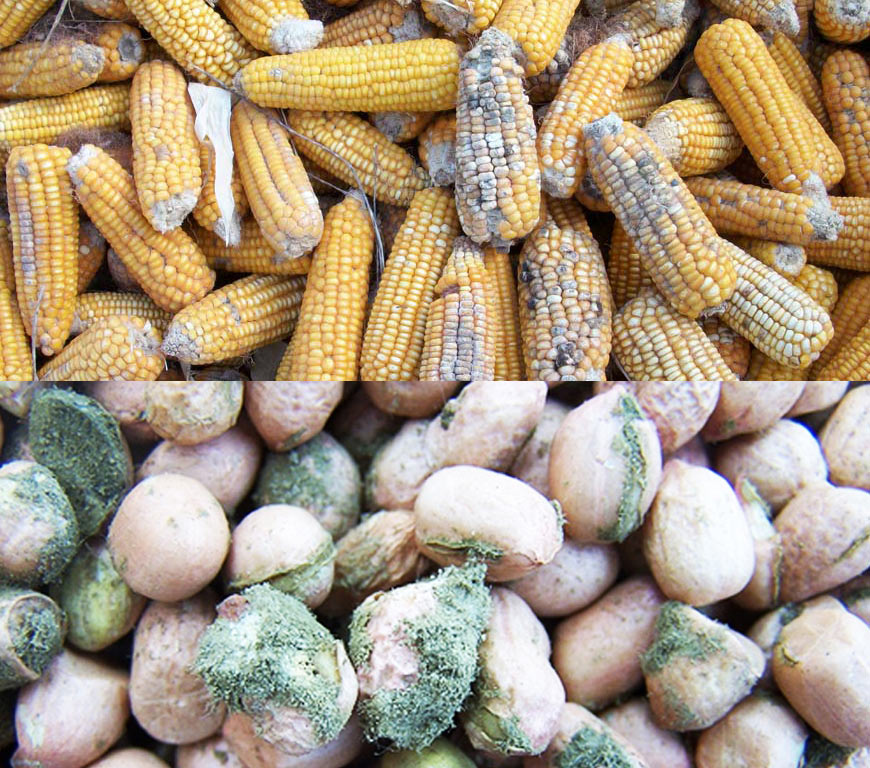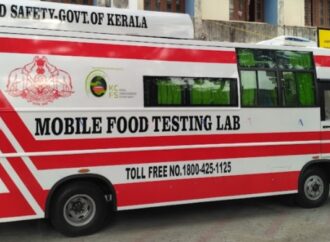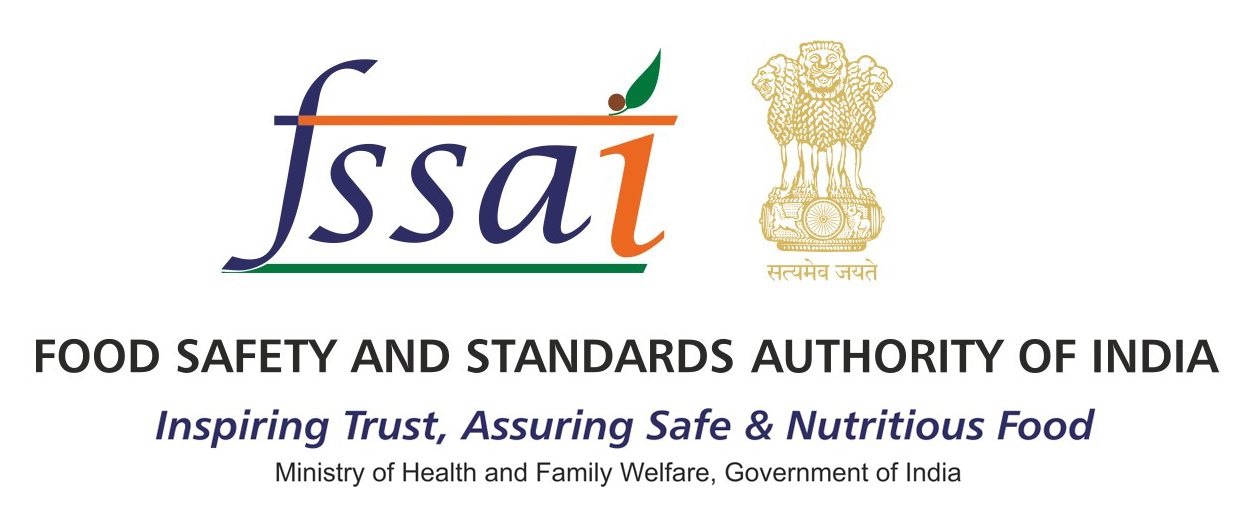 When it comes to food safety, there are numerous factors to consider, and one particularly insidious threat is aflatoxin. Aflatoxin is a naturally occurring toxin produced by certain types of fungi that grow on crops such as peanuts, corn, cottonseed, and tree nuts. This invisible menace poses significant health hazards and requires our attention. In this article, we will explore what aflatoxin is, the health risks it presents, how to detect it, preventive measures, and the regulations surrounding permissible limits.
When it comes to food safety, there are numerous factors to consider, and one particularly insidious threat is aflatoxin. Aflatoxin is a naturally occurring toxin produced by certain types of fungi that grow on crops such as peanuts, corn, cottonseed, and tree nuts. This invisible menace poses significant health hazards and requires our attention. In this article, we will explore what aflatoxin is, the health risks it presents, how to detect it, preventive measures, and the regulations surrounding permissible limits.
What is Aflatoxin?
Aflatoxin is a potent carcinogenic mycotoxin produced primarily by the fungi Aspergillus flavus and Aspergillus parasiticus. These fungi can infect crops during growth, harvest, storage, and processing. Aflatoxin contamination can occur in various agricultural products, including grains, legumes, spices, and tree nuts. It is most commonly found in warm and humid regions with inadequate storage conditions.
Health Hazards of Aflatoxin
Aflatoxin poses significant health risks to humans and animals. Prolonged exposure to aflatoxin can lead to acute and chronic toxicity, with potentially severe consequences. The primary health hazards associated with aflatoxin consumption include:
- Carcinogenicity: Aflatoxin is a potent carcinogen and a known cause of liver cancer. Chronic exposure to aflatoxin-contaminated food can increase the risk of developing hepatocellular carcinoma (HCC), a deadly form of liver cancer.
- Hepatotoxicity: Aflatoxin can cause liver damage, leading to impaired liver function, jaundice, and even liver failure in severe cases.
- Immune Suppression: Prolonged exposure to aflatoxin can weaken the immune system, making individuals more susceptible to infections and other diseases.
Detecting Aflatoxin

HPLC Machine detects presence of Aflatoxin
Detecting aflatoxin contamination requires specialized testing methods. Food safety regulatory bodies and laboratories employ techniques such as high-performance liquid chromatography (HPLC) or enzyme-linked immunosorbent assay (ELISA) to measure aflatoxin levels accurately. These tests can detect even trace amounts of aflatoxin in food samples.
Preventing Aflatoxin Contamination
Prevention is crucial in reducing aflatoxin contamination. Here are some key preventive measures:
- Good Agricultural Practices (GAP): Implementing proper agricultural practices such as crop rotation, pest management, and regular monitoring can minimize fungal growth and reduce aflatoxin contamination.
- Proper Storage: Adequate storage conditions are vital to prevent aflatoxin formation. Storing crops in dry, cool, and well-ventilated areas can help deter fungal growth.
- Quality Control: Implementing quality control measures throughout the food supply chain is essential. Regular monitoring, testing, and screening of food products can help identify and eliminate aflatoxin-contaminated batches.
Regulations and Permissible Limits
Food safety regulations worldwide set permissible limits for aflatoxin in different food commodities. These limits vary depending on the country and the specific product. For example, the United States Food and Drug Administration (FDA) has established maximum allowable levels for aflatoxin in various foods, including peanut butter, tree nuts, and corn products. Similarly, the European Union (EU) has defined strict aflatoxin limits for peanuts, figs, and spices.
Adherence to these regulations and regular monitoring of aflatoxin levels ensure consumer safety and minimize health risks associated with aflatoxin exposure.
- United States:
- Aflatoxin B1 in peanut butter: Maximum allowable limit is 20 parts per billion (ppb).
- Aflatoxin in tree nuts (almonds, pistachios, etc.): Maximum allowable limit is 15 ppb.
- Aflatoxin in corn products: Maximum allowable limit is 20 ppb.
2. European Union:
- Aflatoxin B1 in peanuts: Maximum allowable limit is 2 ppb.
- Aflatoxin B1 in figs: Maximum allowable limit is 4 ppb.
- Aflatoxin B1 in spices: Maximum allowable limit ranges from 5 to 10 ppb, depending on the specific spice.
Conclusion
Aflatoxin poses significant health risks, including liver cancer, liver damage, and immune suppression. Preventive measures such as Good Agricultural Practices, proper storage, and quality control are crucial in minimizing aflatoxin contamination. Adherence to food safety regulations and regular monitoring help ensure consumer safety. Education and awareness are vital, along with ongoing research for improved detection and mitigation techniques. By collaborating and staying vigilant, we can protect ourselves and ensure the safety of our food supply against the hidden threat of aflatoxin.
 Food Manifest
Food Manifest 


















Leave a Comment
Your email address will not be published. Required fields are marked with *